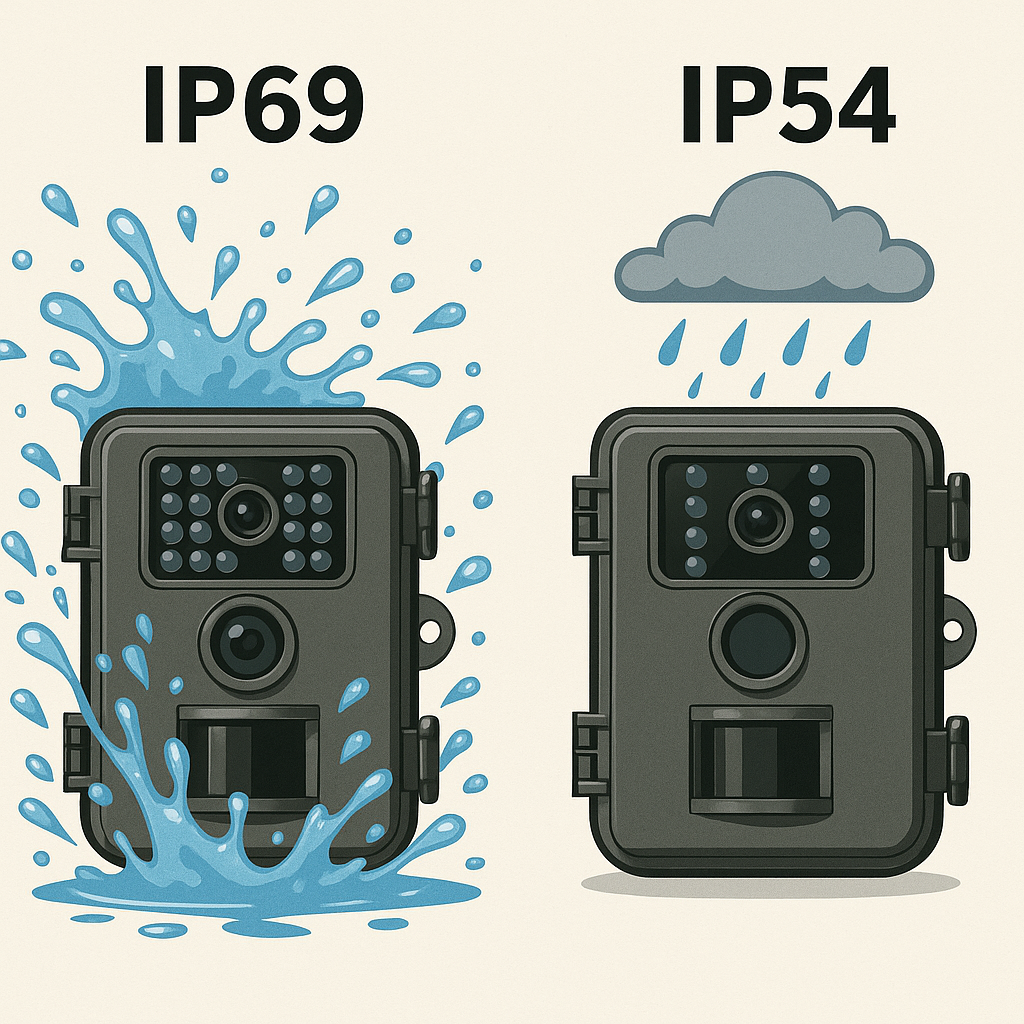Security Code for Trail Cameras
Learn about security codes for trail cameras, how they work, their benefits, and best practices for ensuring device safety and data protection.
Glossary
A security feature in trail cameras that ensures only authorized users can access settings, footage, and data.
Password protection in trail cameras is a sophisticated security feature designed to restrict unauthorized access to the camera’s settings, images, and videos. This functionality ensures that only the rightful owner or individuals with the password can operate the device or access its stored content. It serves as a barrier against tampering, vandalism, and unauthorized modifications.
Trail cameras, frequently used for wildlife monitoring, property surveillance, or security, are often deployed in remote or outdoor locations. This makes them vulnerable to theft or interference. Integrating password protection significantly enhances the security and reliability of these devices by safeguarding sensitive data.
Password protection fulfills several critical roles, including:
Setting Up a Password:
Accessing a Password-Protected Camera:
Resetting Passwords: Forgetting a password can be inconvenient, but most trail camera brands provide reset options. Below are some examples:
| Brand | Reset Process |
|---|---|
| Campark | Press Menu and Replay simultaneously while the camera is powered on. |
| GardePro | Switch the power from OFF to SET/ON while holding the RIGHT button. |
| Bushnell | Locate the reset button and press it for 10-15 seconds to restore factory settings. |
| Reconyx | Remove batteries for 10 minutes, then reinsert to reset to default settings. |
| Moultrie | Hold the MODE button while powering on the camera until the password resets. |
Wildlife Monitoring:
Home Security:
Hunting Camps:
Property Surveillance:
While password protection provides essential security, combining it with additional measures ensures maximum safety:
What should I do if I forget my trail camera password?
Will password protection make my trail camera theft-proof?
Can I recover footage after resetting the password?
What are common default passwords for trail cameras?
Do all trail cameras offer password protection?
Password protection in trail cameras is a fundamental feature for preventing unauthorized access, safeguarding sensitive data, and deterring theft. Whether used for wildlife observation, security, or property monitoring, combining a strong password with other security measures will maximize the effectiveness and reliability of your trail camera. Always familiarize yourself with your device’s security features and reset procedures to ensure uninterrupted functionality.
Explore trail cameras with advanced password protection and other top-tier features for security and reliability.
Password protection is a security feature that requires a predefined code to access a trail camera's settings and stored data, preventing unauthorized access.
It prevents unauthorized access, deters theft, secures sensitive data, and protects the camera from tampering or vandalism.
Navigate to the camera’s settings menu, select the password or security option, and enter a unique password. Save the password and ensure it's remembered or securely stored.
Refer to your camera’s user manual for reset instructions or contact the manufacturer for assistance. Common reset methods involve button combinations or battery removal.
No, not all models offer this feature. It's more common in advanced or high-end trail cameras.
Learn about security codes for trail cameras, how they work, their benefits, and best practices for ensuring device safety and data protection.

Choose a trail camera with the right IP rating for your needs and ensure it withstands the weather elements.
Explore everything about surveillance straps, also known as trail camera mounting straps. Learn their uses, materials, advantages, and applications in wildlife monitoring, hunting, and outdoor security.